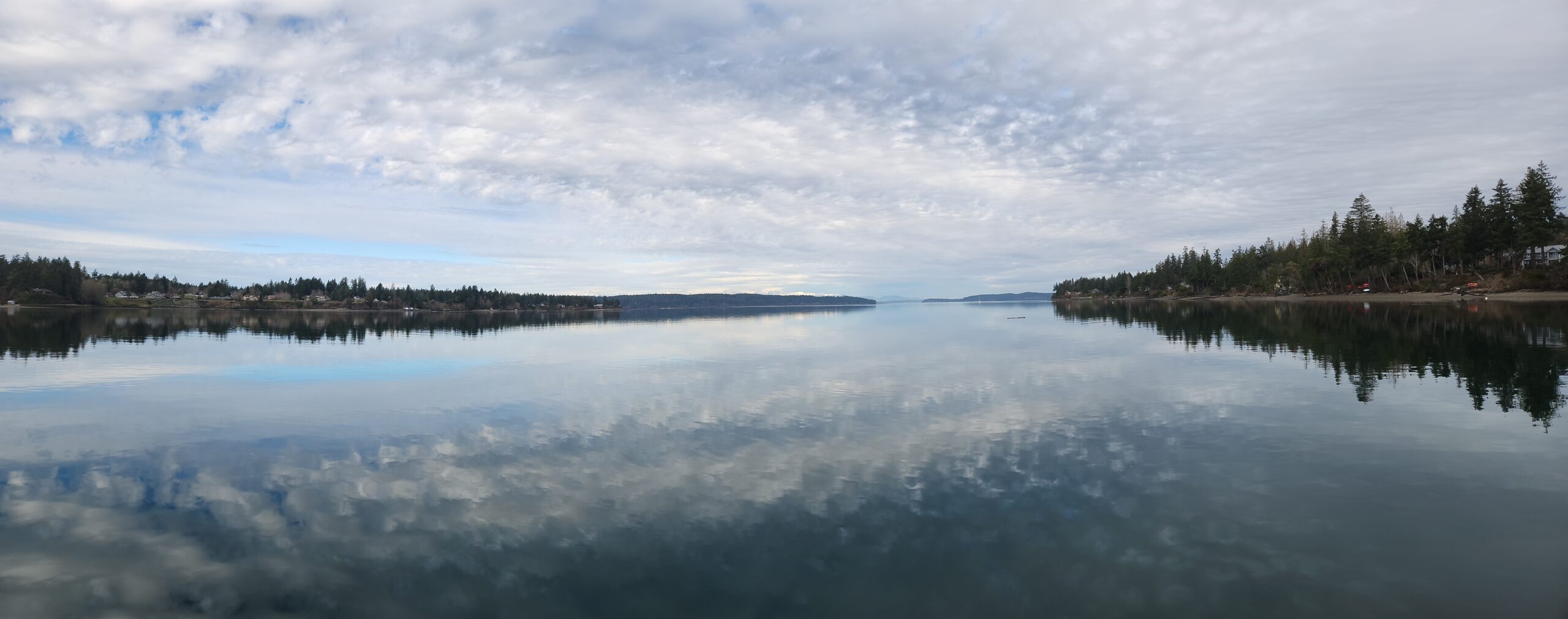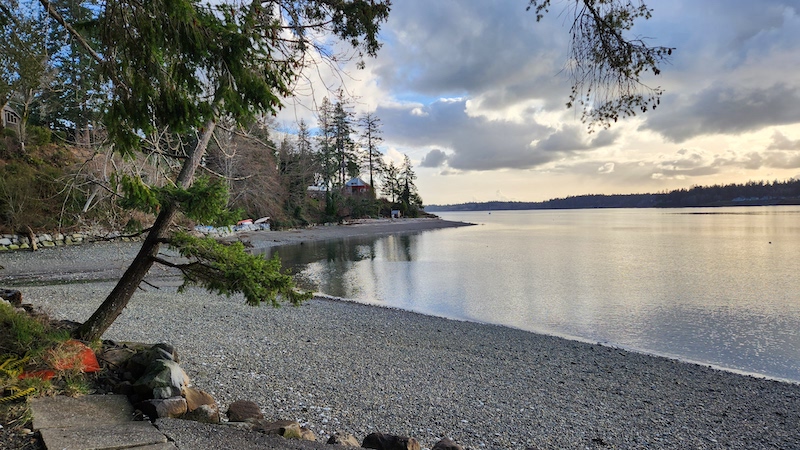
Climate Change in Henderson Inlet
Human influence on
the climate system is
clear, and recent
anthropogenic emissions
of greenhouse gases are
the highest in history.
Recent climate changes
have had widespread
impacts on human and
natural systems…Warming of the climate
system is unequivocal, and
since the 1950s, many of the
observed changes are
unprecedented over decades to
millennia. The atmosphere and ocean have warmed, the
amounts of snow and ice have
diminished, and sea level has
risen.
–Intergovernmental Panel on Climate Change Synthesis Report, Summary for Policy Makers, 2013
Introduction
Climate Change is a reality that we will be facing more and more in the coming years. By the end of this century the earth is projected to have warmer air by 2.8 degrees Centigrade (5 degrees Fahrenheit).
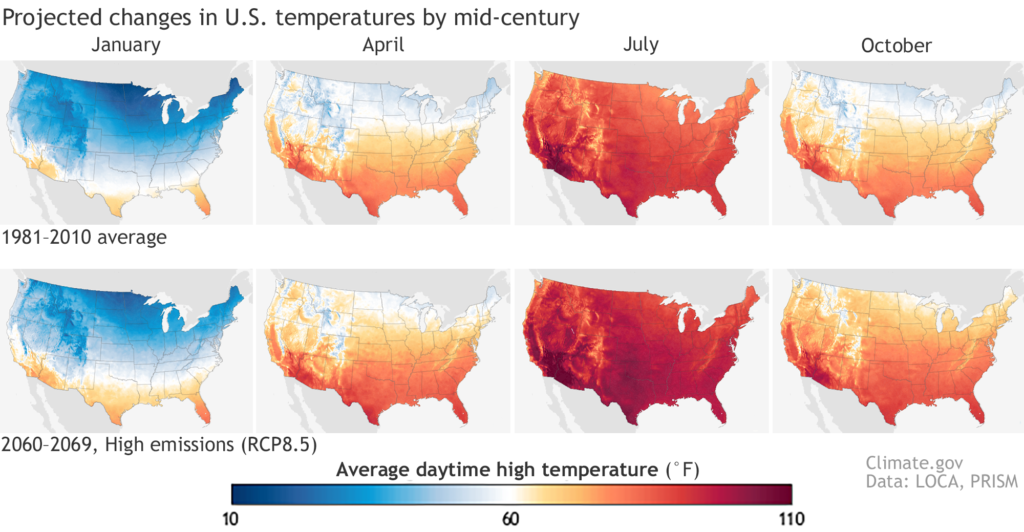
Changes in precipitation are a little more complicated because there will be drier summers (20 – 27 % less rain from June to August) but less snow and more rain in the winter. Less snow results in declining snowpack (42-55 % less snowpack). These changes will shift stream flows with 18-42% higher peak flows and 16-55% lower low flows. Earlier peak flows will occur 15 – 46 days earlier in the springwith many consequences. Altered Sediment dynamics will cause increasing landslides, erosion and sediment transport at times of high stream flow.
Warming of streams is predicted with water temperatures in August increasing by 4.0-4.5 degrees Fahrenheit.
Sea level in the Puget Sound will increase by 1.6-2.0 feet.
Ocean warming is a significant issue with ocean temps increasing at about ½ the rate of land temps with increase of 2.8 degrees Centigrade (5 degrees Fahrenheit).
The ocean pH will decrease by 0.14 to 0.32.
Impacts of Climate Change on Henderson Inlet
Impacts on estuaries will be rising sea level with loss of estuarial fresh water, higher wave action with erosion, changes in the pattern of fresh water flows with increased flow in winter and decreases in summer. The increased flow will create mobilization of sediment. This increased sediment could be a double-edged sword with increased delivery of nutrients but decreasing light penetration of water.
Increased ocean water temperatures may be mitigated by decreased stream flow in summer but could have wide range of effects on individual species and ecosystems. Increased water temperatures may cause increased disease vulnerability and altered food web for organisms. River temperatures are projected to increase by 1-4 degrees C and ocean temperatures are projected to increase by 2 degrees C.
Marine water quality will be impacted with warming water which holds less oxygen. The warmer water can stress fish and shellfish. Algal blooms (overgrowth) are projected to increase by 13 days/year and begin 2 months earlier each year. Ocean acidification combined with warming could increase the toxicity of algal blooms. Ocean acidification interferes with calcification of shellfish making it more difficult for them to grow and maintain their shells. Warming can cause decreased stratification of temperatures of water layers in summer. Decreased stratification may lead to greater nutrient exchange of superficial and deep layers.
Chinook Salmon could be dangerously impacted with decreasing summer stream flow interfering with hatching of eggs and health of smolts. Warming streams increases disease rates of young salmon and delays or prevents migration and spawning. Earlier peak stream flows can flush smolts downstream prematurely and higher peak flows can damage redds and injure juvenile fish. The effect of changing ocean conditions for fish after they leave the freshwater streams is unknown and needs to be studied.
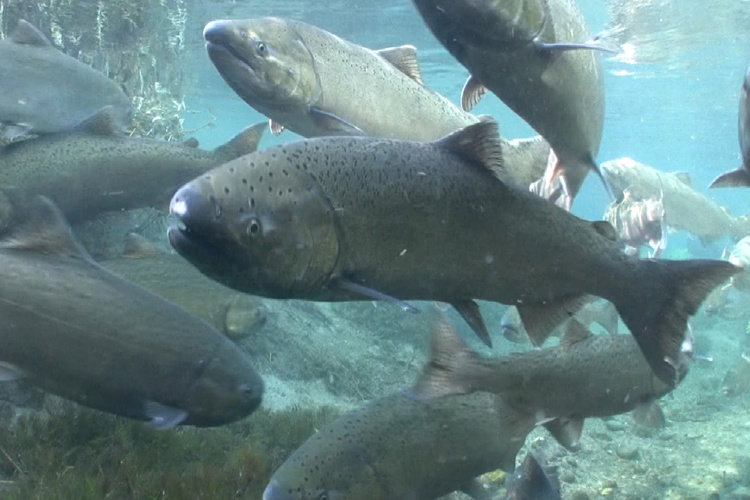
Shoreline Armoring (bulkhead building) will probably be in greater demand by shoreline property owners as sea level rises. Hardening of the shoreline has been shown to have a negative impact on the organisms living on the water’s edge and the whole food chain.
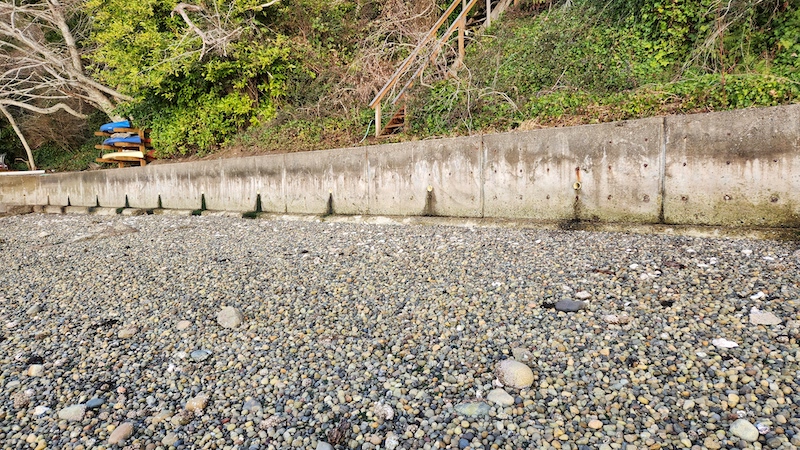
Fresh water quality will be impacted by lower summer stream flows which could increase concentrations of toxins in the groundwater. Winter flooding could worsen ground water quality by mobilizing pollutants.
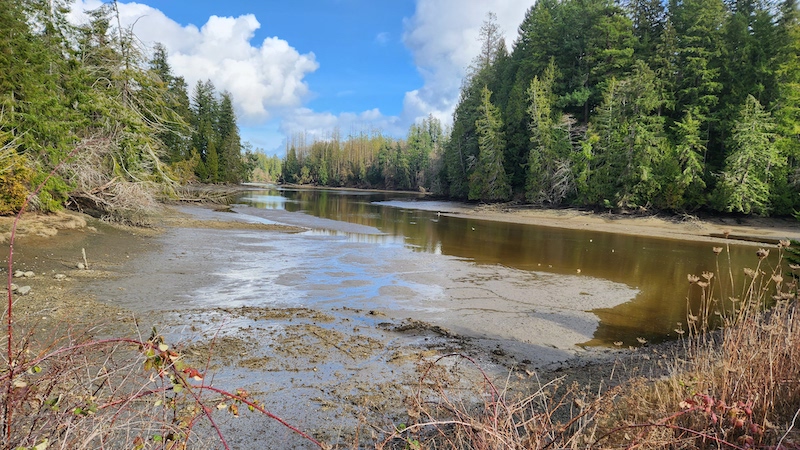
Toxics in fish are another issue. Toxics are chemicals that are hazardous to fish and those that ingest them. Some examples include mercury, followed by polychlorinated biphenyls (PCBs) and, in a few cases, legacy pesticides (pesticides that are no longer used but remain in the environment), selenium, or polybrominated diphenyl ethers (PBDEs) commonly known as flame retardants. Heavier rain can mobilize pollutants that are ingested or absorbed by fish while increased water temperatures can increase metabolic rates in fish and intensify bio-accumulation of toxics.Summer stream flows are expected to decrease due to decreased rainfall. These flows may be initially increased by glacier melt but this will be transient with long-term loss of glaciers. Eventually lower groundwater levels will threaten availability of drinking water.
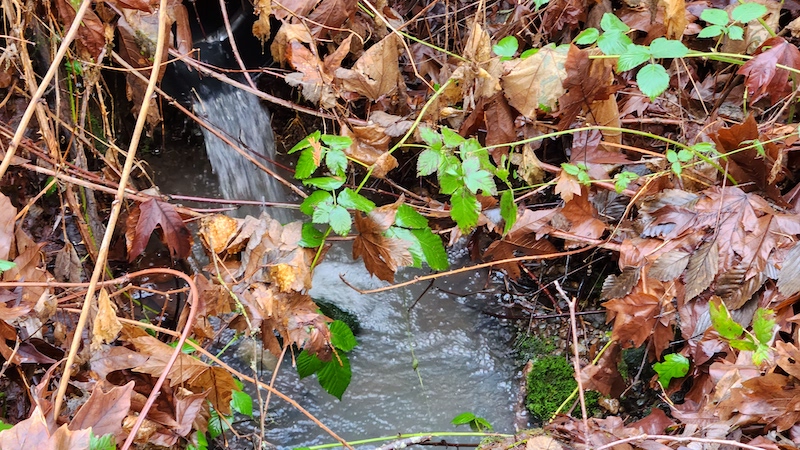
Shellfish beds will be affected by ocean acidification which interferes with production (calcification) and maintenance of shells and skeletons. Globally, ocean acidification is projected to cause a 40% reduction in shell formation, a 17% decline in mollusk growth and a 34% decline in mollusk survival by the end of this century. Another challenge to shellfish will be ocean warming which may change growth rates and increase algal blooms. Pollution of shellfish beds will result from increased runoff from heavier rains. This will increase coliform bacteria contamination from sewage runoff.
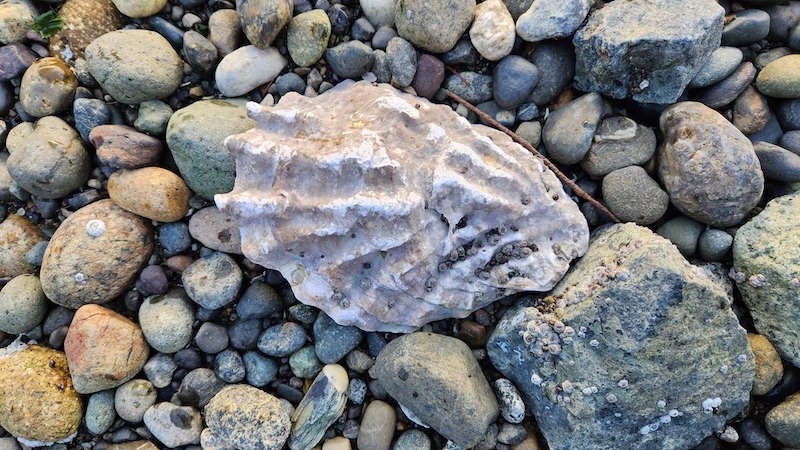
Land development and cover (plants) will be impacted by warming air, changing freshwater flow, and rising sea level. There will be a higher risk for wildfire (a fact that has been very obvious to all of us in the region. Also stressed forests will be at higher risk of insect damage and plant disease. Not a pleasant outlook.
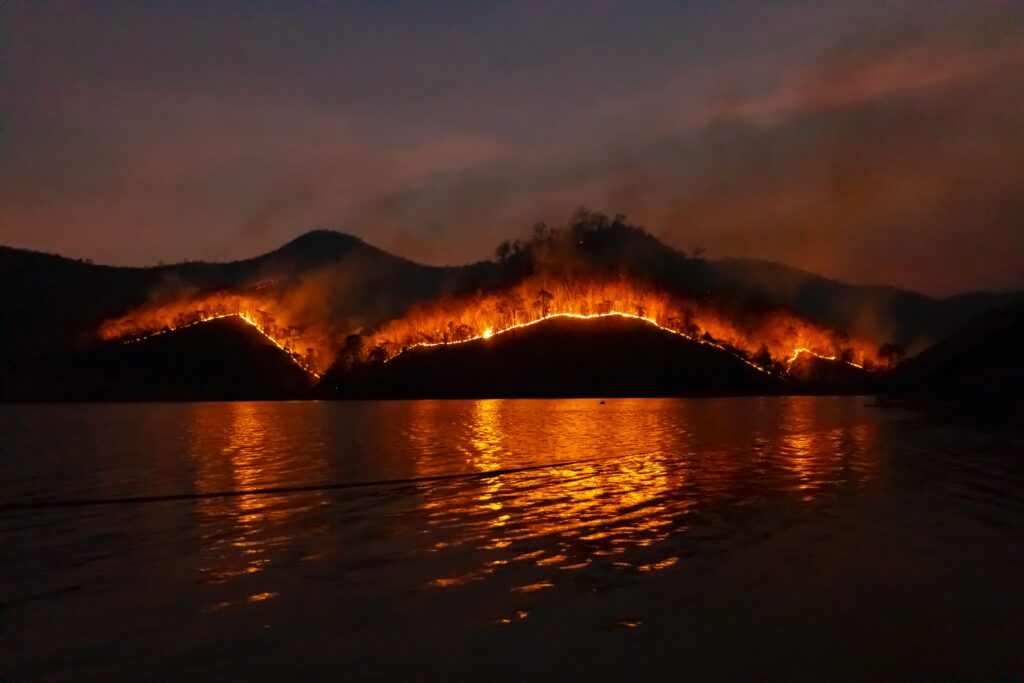
Eelgrass beds in the Puget Sound may be damaged by ocean acidification. Ocean warming my initially increase growth rate of eelgrass but then increased algal growth may smother the grass. Rising sea level will cause eelgrass to migrate landward as it needs shallower water levels. Increased sediments may have a mixed effect – bringing more nutrients but blocking light.
At this time the carbon storage effect of eelgrass is thought to be negligible.
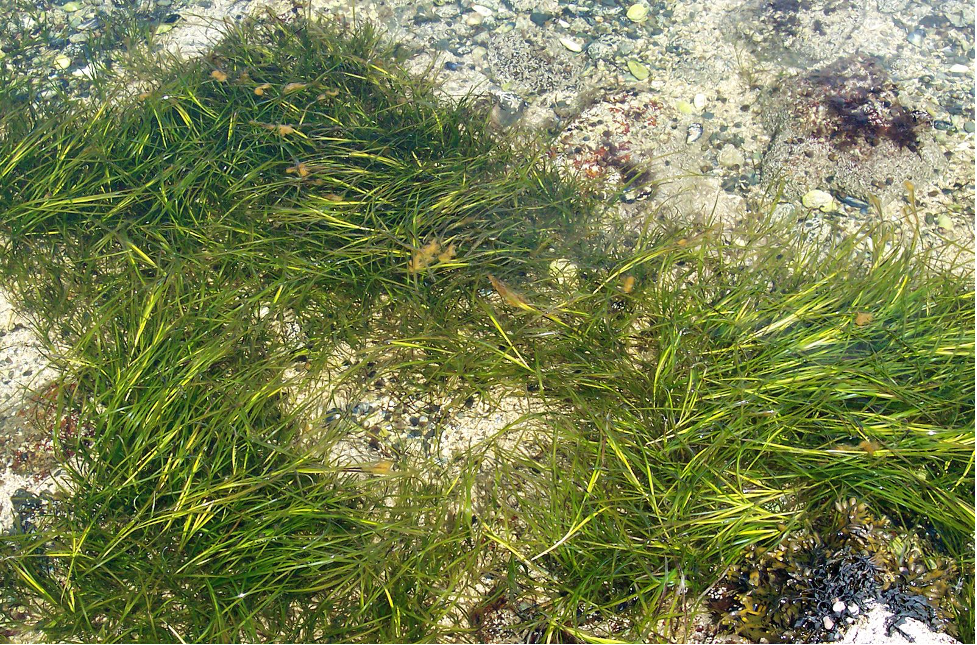
Conclusion
Climate change is upon us. There will be dramatic changes in our local environment, both on land and in our marine ecosystems. As involved citizens, we need to educate ourselves and do everything we can to help reverse (or at least slow) this scary process.
References:
“State of Knowledge: Climate Change in Puget Sound” prepared by the Climate Impact Group of UW College of the Environment. November 2015.

